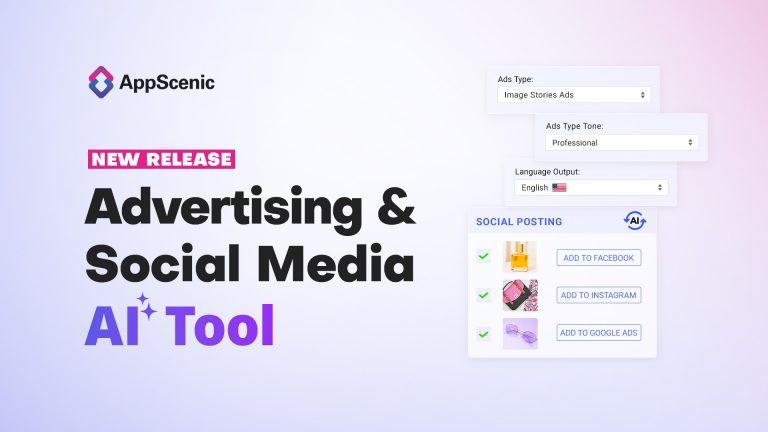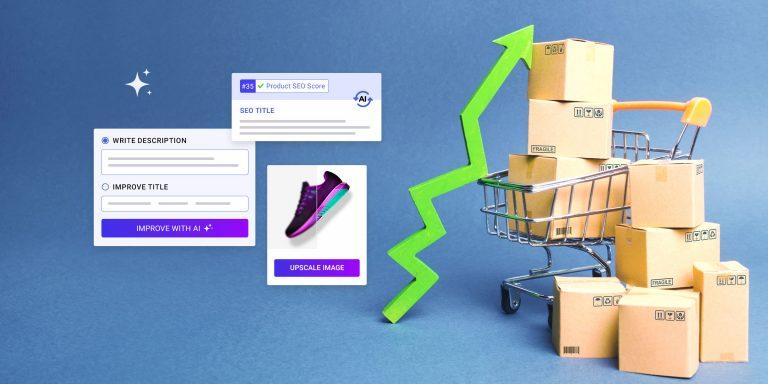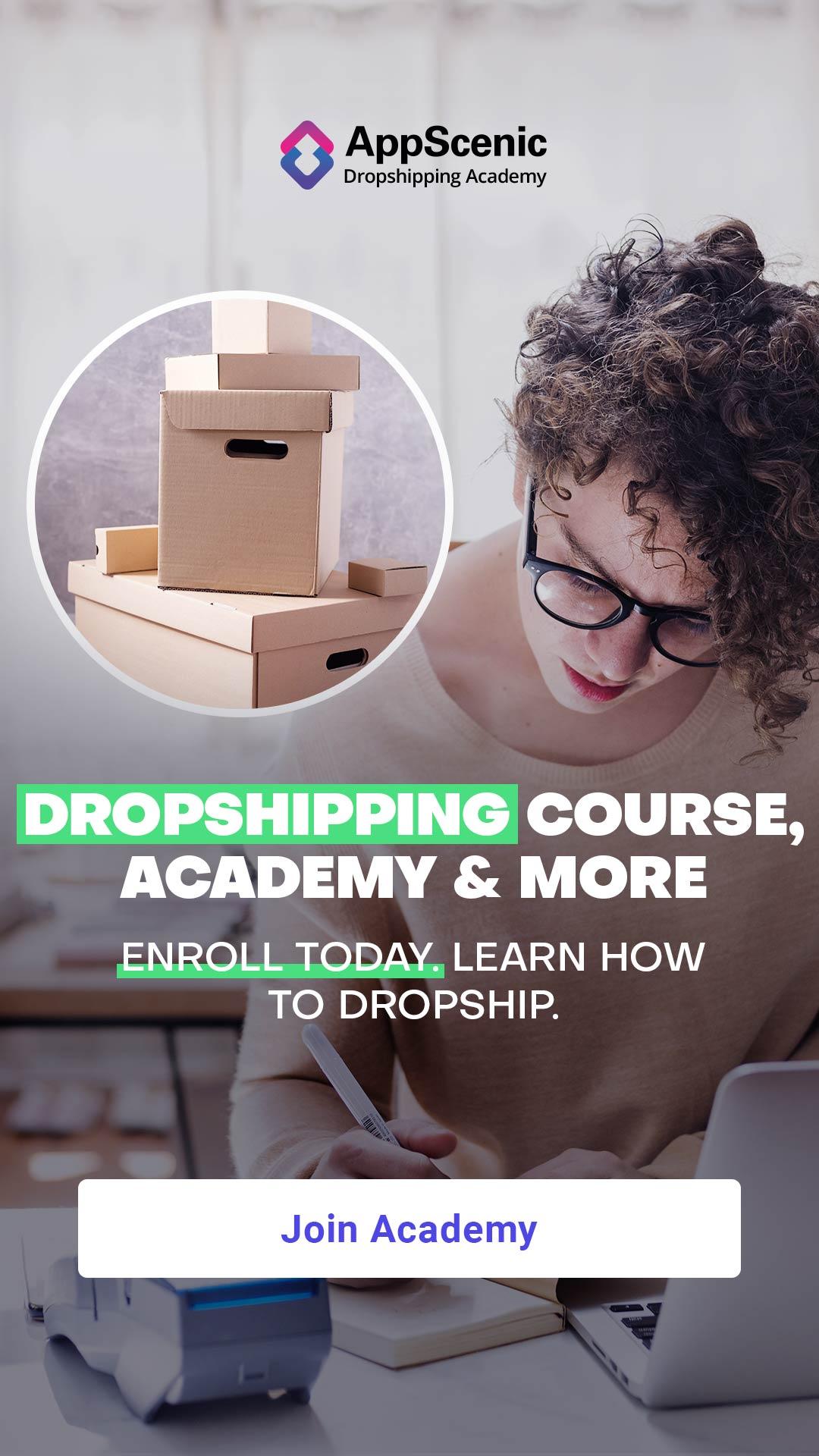As an ecommerce business, especially when you rely heavily on dropshipping, running social media ads may seem like a giant slot machine. This is felt when you run social media campaigns by pouring in the time and money, waiting to pull the lever and hoping for the best.
But those “jackpot” moments, the flood of new customers and sales, seem few and far between.
For ecommerce businesses, social media isn’t just a place to post cool pictures; it’s a powerful tool to drive sales and build brand loyalty. Chances are, you must be getting likes and shares, but those aren’t paying the bills. This suggests that your ecommerce brand does not yet have a loyal audience.
A report suggests that 47% of shoppers in the USA turn to social media to make a purchase. So, it’s all about how to turn those scrollers into buyers and then to a loyal audience.
But then, how do you crank up your ROI while keeping your ad spend in check? And how do you make sure every dollar you invest in social media brings you closer to your business goals?
Let us now check out essential tips that address those core questions around running your ecommerce social media campaigns effectively.
Table of Contents
Leverage the wider yet niche reach of influencers
Influencer marketing can boost your reach and credibility. Pew Research suggests that four in ten social media users (40%) have a direct impact of influencers on what they buy. But then, this should be done right since you’ll need to pick influencers who have built a loyal following based on trust and expertise.
It means their audience listens (and follows) when they recommend your products. They create content featuring your products or brand, and their followers see it as a genuine recommendation from someone they trust.
Here’s how you can use influencers to successfully run your ecommerce social media campaigns effectively.
Find the right influencers
Not all influencers may fit your brand’s identity. Thus, you’ll need to find influencers who align with your brand values and whose audience matches your target market.
Consider these factors when choosing who to partner with:
- Niche: Do they specialize in a topic relevant to your product?
- Engagement: Do their followers actively engage with their content?
- Authenticity: Do they seem genuine and trustworthy?
- Reach: How many followers do they have, and how big is their potential reach?
- Values: Do customers’ values align with your brand’s?
For example, the watch brand Daniel Wellington skyrocketed to fame by partnering with micro-influencers.

Their strategy involved partnering with chosen influencers who fit their brand’s stylish and minimalist aesthetic, which helped them reach their target audience effectively.
Craft a compelling brief
It all begins with a well-crafted brief that provides an essential roadmap, acting like a playbook for the influencers you rope in. This brief is your blueprint for collaboration, providing influencers with the necessary clarity and direction they need to create content aligning with your goals and resonating with the audience.
Ensure the following when providing briefs to influencers before your ecommerce campaign:
- Stick to clear guidelines: Outline your campaign goals, target audience, key messaging, desired deliverables (e.g., number of posts, types of content), and any specific requirements or restrictions.
- Allow room for creative freedom: Provide guidelines without micromanagement that can hinder the influencer’s creative process. Trust their expertise and allow them to create content that resonates with their audience.
- Encourage authenticity: Focus on how influencers share their genuine experiences and opinions about your product or brand. Authenticity is key to building trust with their audience (more on it later).
Track and measure performance
Lastly, your partnership with influencers and further campaigns depends on their performance. Again, you’d consider tracking metrics like engagement rates, conversion rates, and ROI to assess effectiveness.
Use social media analytics, such as Meta Business Suite for Facebook and Instagram Ads Analytics for Instagram, to help monitor the impact of your campaigns. This data-driven approach ensures you’re investing in the right influencers and strategies.
This means you’d ideally get involved in:
- Monitoring KPIs: Regularly track your campaign KPIs to assess progress and identify areas for improvement. Also, remember that a sudden spike in sales due to a successful social media campaign can quickly turn into a logistical nightmare if you’re not prepared. This is where you’d need to sync your influencer campaign using inventory management software to avail real-time visibility into your stock levels. This ensures you are ready to fulfill orders promptly and avoid disappointing customers.
- Gathering feedback: Collect feedback from influencers and your audience to gain insights into what’s working and what could be improved. This feedback can provide valuable insights into demand forecasting that help optimize inventory levels to match customer interest.
- Make data-driven decisions: Use the data you collect to optimize your campaign in real time, adjusting your strategy as needed. Integrate this data with your ERP software to align your stock levels with your marketing efforts, preventing overselling or understocking.
Create engaging and authentic content
Engaging content is authentic to your brand image and resonates well. A successful social media campaign will have your business front and center. Your posts should resonate with your audience while authentically reflecting your brand’s personality.
A Sprout Social study revealed that 70% of consumers feel more connected to brands with CEOs who are active on social media, highlighting the impact of authenticity in fostering brand-consumer relationships.
This means the focus should be on building a community around your brand, fostering conversations, and creating a sense of belonging. All these aspects require your ecommerce social media content to be engaging and authentic, sparking genuine interest, encouraging interaction, and ultimately driving conversions.
Here’s how to do it.
Tell a story
Instead of just showcasing your product, tell a story about it. How was your brand created? What problem do your products solve? And even think of what difference your brand is making through the products.
For instance, Warby Parker, an eyewear company, often shares stories about how it contributes to society through corporate social responsibility.
Take, for example, the below post.
This makes their posts more engaging and helps customers connect emotionally with the brand.
Use high-quality visuals
A no-brainer! The visuals do all the heavy lifting on social media. And numbers say so: 73% of consumers are inclined to purchase from brands using high-quality images.
This means you’ll need to run a campaign with high-quality photos and videos to grab attention and make people stop scrolling.
Be authentic
Authenticity builds trust. Share behind-the-scenes content, user-generated posts, and honest reviews.
For instance, Apple’s Instagram posts are full of user-captured images that showcase what its product does.
Similarly, for your ecommerce brand, you can involve users in the process, ask buyers to share their reviews in the comment section, provide space for their content, and even incorporate some polls regarding your product’s efficacy.
Such transparency can help build customer loyalty and trust that promotes your brand through word-of-mouth.
Craft campaigns that convert
Driving conversion may require first understanding your ecommerce business’ target audience.
The basics for understanding your audience would involve:
- Knowing who they really are. Beyond just age, gender, and location, dig into their interests, hobbies, pain points, and aspirations.
- Know where they hang out. This means identifying whether they are scrolling through Instagram during their morning coffee, catching up on Facebook after dinner, etc.
- Identify what makes them tick using social listening tools to track conversations relevant to your industry and brand. This will help you know what people say, their key questions, and also insights into their motivations and desires.
Once you have this, transform the knowledge into compelling campaigns that resonate with your potential customers, driving them to engage and convert.
Here’s what you can do.
Add product tags in a single picture
Intrigue users without actually bombarding them with too many images. With product tags, they can simply tap on the image to reveal the product name, price, and a direct link to your online store.
Take, for example, how H&M does the trick with a single image.
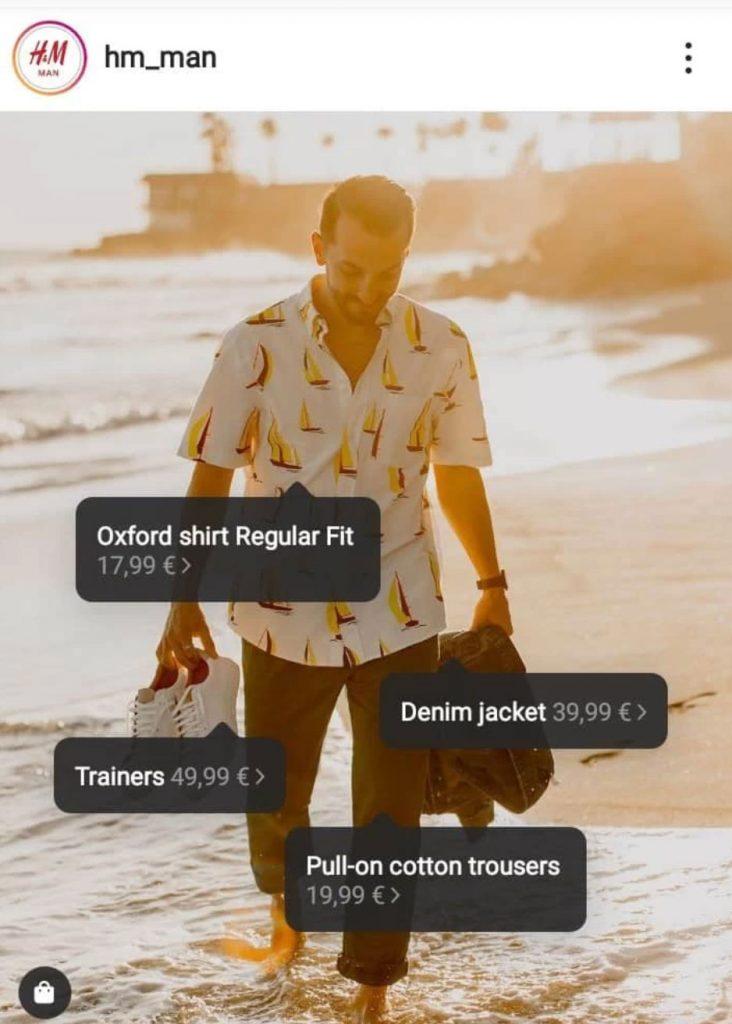
This way, you can transform users’ interests into an intuitive shopping experience. Here’s more on how to sell on Instagram.
Bring in emotional resonance
Set the mood and communicate with images and text so that your audience can truly feel that your ads are speaking to them.
This pharmacy brand delivers medicines and communicates fast delivery in a way that connects with its audience.

Because people don’t buy products; they buy emotions. Tap into the feelings your product evokes, joy, confidence, security, or belonging, and weave those emotions into your narratives.
Track your campaigns
Don’t forget analytics when you are looking to drive conversions. Consider tracking your campaign performance through metrics like engagement, click-through, conversion, and customer acquisition costs. Not tracking your performance and burning too much budget can have a serious impact on your cash flow.
Accordingly, use this data to refine your strategies and optimize your spending.
Final thoughts
Think of social media as a powerful engine fueling ecommerce growth. It’s all about understanding your audience, crafting compelling campaigns, leveraging influencers, and using tools to turn likes and shares into loyal customers and skyrocketing sales.
But there isn’t a one-size-fits-all approach. So, try experimenting with different techniques and see what works best for your brand. Ultimately, you’d adapt as you go since social media spending constantly changes, so be ready to evolve.
In the end, you’ll need to rely on authenticity and strategic partnerships, both of which have proven impacts on social media campaigns. Focus on these areas and leverage the tactics and actionable tips we shared above to make the most of your ecommerce social media campaigns.
Author Bio: Taher Batterywala is an SEO and Growth Content Marketer. With over 7+ years of B2B marketing experience and a diversified skill set, he helps craft winning strategies and execute end-to-end campaigns for B2B and SaaS companies to achieve scalable organic growth. Outside of work, he enjoys watching movies, photography, and dabbling in design. You can find him on LinkedIn and X.




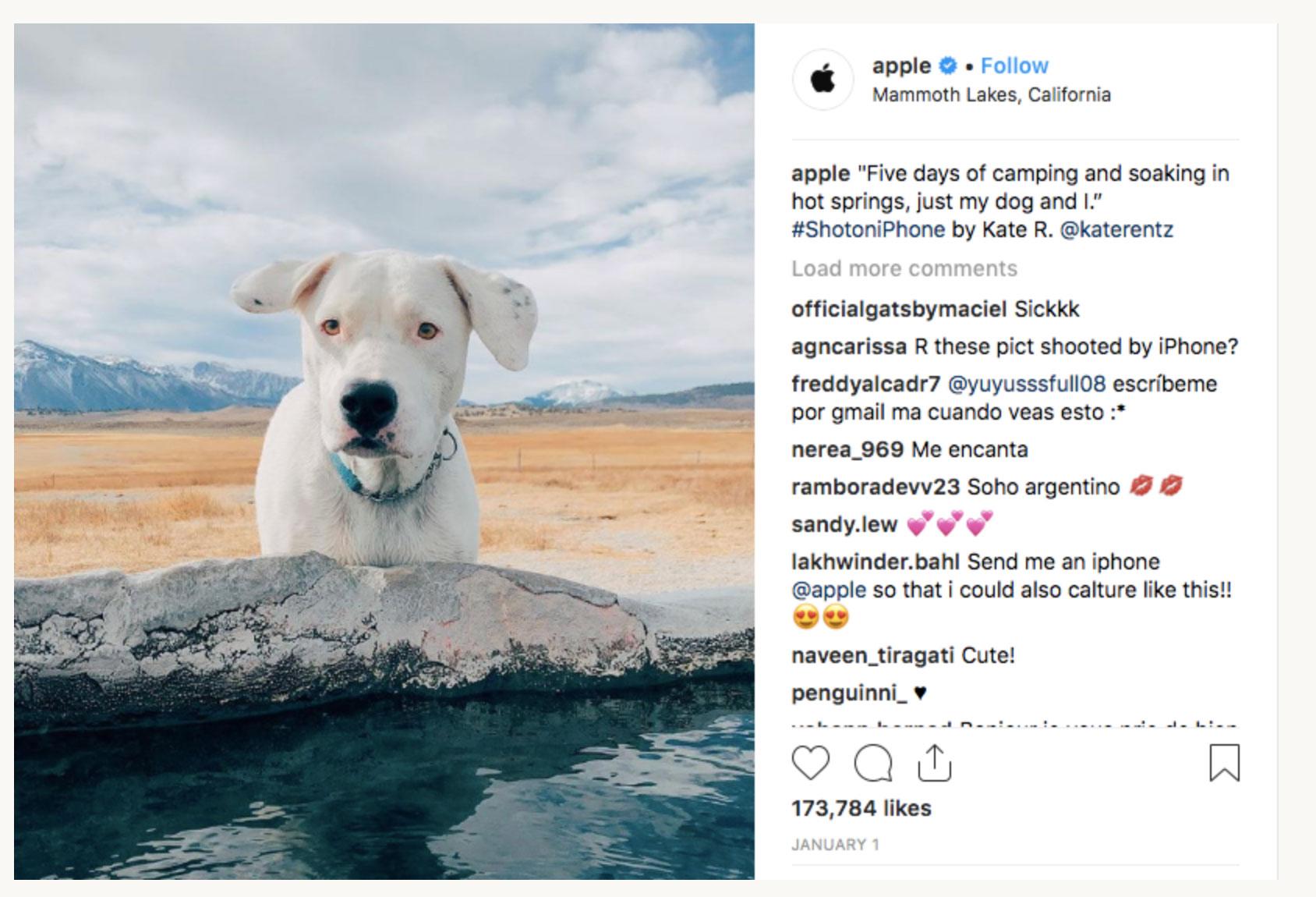 (
(